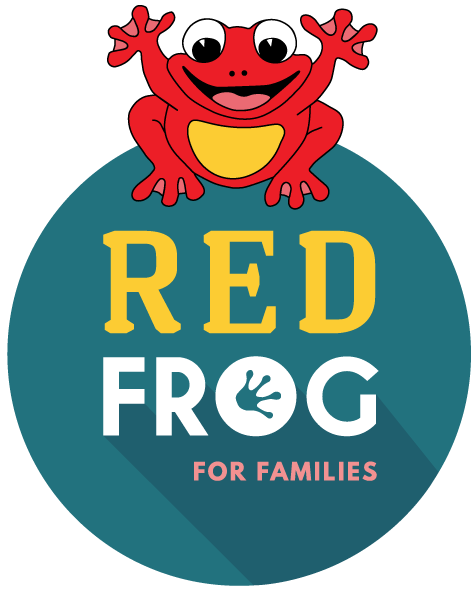AAC in a Nutshell
What is AAC?
Augmentative and alternative communication (AAC) is a set of tools and strategies that are used to solve everyday communication challenges. You can think of AAC as a voice for people who can’t speak.
Augmentative Communication is when something is added to speech to make a message clearer to the listener.
Alternative Communication is used by people who are unable to speak or whose speech is not understood by others. These people need a different way to communicate their messages.
Who uses AAC?
People who are unable to communicate using their voice use AAC systems to communicate.
For example, they may have speech impediments or developmental or acquired disabilities that make using speech difficult. AAC can help all these individuals to say what they want.
Types of AAC
There are many kinds of AAC systems that can be used to support people who have difficulty with speech or communication skills. They are broadly divided into two groups: unaided and aided.
Unaided AAC does not require a physical aid or tool, e.g. facial expressions, body language, gestures, sign language.
Aided AAC uses tools or materials. These can be low-tech tools, e.g. choice cards, communication books and alphabet charts or high-tech tools, e.g. speech-generating or communication devices and AAC apps on mobile devices.
Each AAC system is unique as it is used by individuals with different needs. Many people who cannot speak but use AAC are multimodal communicators. This means they use multiple tools and strategies to help them communicate their messages. A speech pathologist will work with individuals to determine the best system for them.
Common myths about AAC
There is no minimum age requirement for the use of AAC. AAC can start at a young age.
There are no prerequisite skills for introducing AAC.
